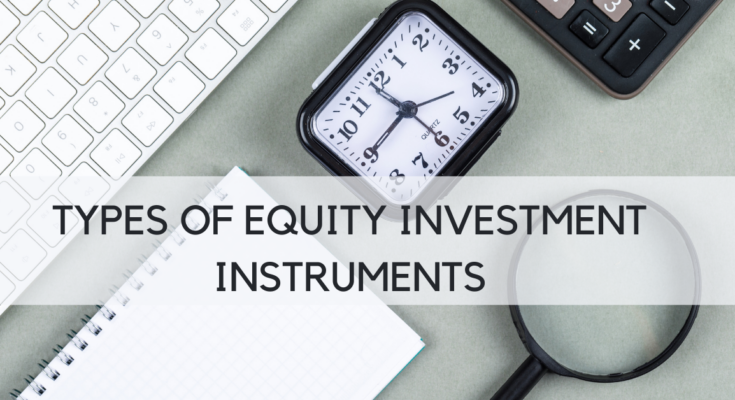There were two broad types of equity instruments available in the market.
COMMON EQUITY SHARES
Common equity shares were most commonly known stocks that usually pay residual dividend (i.e., paid after the interest rates of debentures and dividend of preference shares were paid off). Common equity has voting rights in Annual General Meeting (AGM), proxy voting can also be done. The one holding the common stock were treated as the owner of the company and so they have rights on the assets of the company at the time of liquidation. Common equity share holders were not given a fixed rate of return as their returns depends on the returns given to the debt holders.
PREFERENCE SHARES
The name preference indicates that they were given preference over common equity shares. Preference shares were almost similar to the common equity instead they don’t have any voting rights and the dividend was fixed. Preference share is a hybrid option between common equity and debt.
There were different types of preferred stocks:
Convertible preference shares:
These types of shares can be converted into equity after some time. So that it can give you the benefits of both preferred stock and common equity.
Cumulative preference shares:
If a company can’t pay dividend to the preference stocks it gets accumulated and the whole sum will be paid to them at the time of making profits.
Participating Preference Shares:
If a company makes extra profits during the year participating preference shareholders will be given additional returns.
Redeemable Preference Shares:
These are the type of instruments which were embedded with an option.
There may be a call option or a put option.
Callable Shares:
A callable preference shares gives the issuer a right to buy back the stock at a predetermined rate in the future date.
Puttable Share:
A puttable preference shares gives the holder a right to sell back the stock to the issuer at the predetermined rate in the future date.
AUTHOR – AKHILA VEMIREDDY




